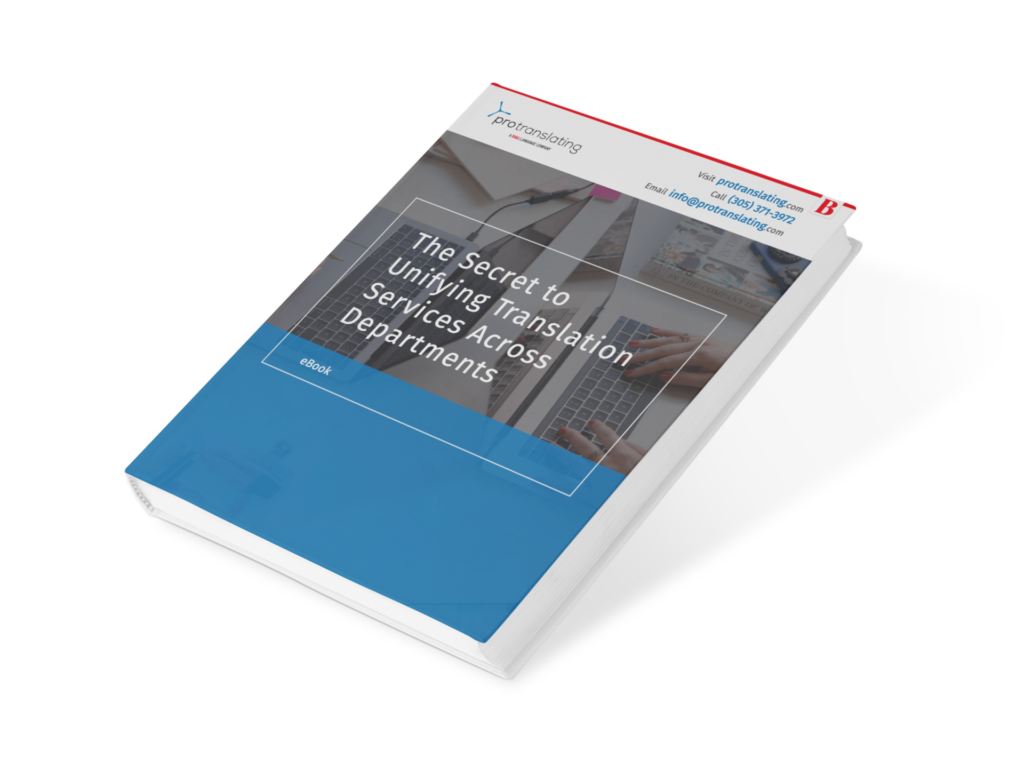If you are reading this, you’ve probably already begun exploring Video Remote Interpretation (VRI). You may have already used an on-site or over-the-phone interpreter and want to explore the options that VRI offers. This article will explain what Video Remote Interpretation is, why, and when you should use it.
What is Video Remote Interpretation?
Video Remote Interpretation (VRI) is the ideal format for professional real-time language access. VRI connects an interpreter, typically at a call center equipped with a headset and video camera, with people who need assistance communicating in various languages.
Today’s Video Remote Interpretation
VRI has come a long way from yesterday’s services’ high set-up costs and technological requirements. Some language providers offer Video Remote in broadcast quality with faster connection speeds than ever. Services are often available 24/7/365 on various devices. Due to an abundance of competition, Video Remote Interpretation is more competitively priced than ever, which is ideal for organizations of all sizes and budgets.
How Much Does Video Remote Interpretation Cost?
Costs may vary based on whether an interpreter is needed immediately or scheduled. However, VRI charges on a per-minute basis regardless. Bulk users of the service may qualify for discounts by partnering with a Language Service provider.
When Do You Need Video Remote Interpretation?
Here are several scenarios where Video Remote Interpretation would be ideal:
- Lack of available interpreters
- Unique language interpretation
- When Sign Language is needed
- When multiple parties are joining a phone call
- When social distancing is necessary
Examples of Industries Where Video Remote Interpretation is Used
Here are some industries and settings where VRI could help.
- Medical and Healthcare: For example, when a patient’s primary language is not English, on-demand language support like VRI makes it possible to communicate quickly and effectively, regardless of the patient’s language. Video remote is helpful during consultations, diagnosis, and Telemedicine (aka Telehealth) sessions. VRI is also convenient for teams in the field, including first responders such as paramedics. Learn more about translation and interpretation services for Healthcare.
- Legal and court settings are ideal for utilizing an interpreter via Video Remote, especially in remotely conducting judicial proceedings and court operations.
- Education: VRI services are suitable when educators or administrators must communicate with English Learners (EL) students and parents/guardians with limited English proficiency (LEP). The technology is ideal for parent-teacher conferences and at-home learning. Learn more about interpretation and translation for education.
- Travel and Hospitality: The travel and hospitality industry requires ongoing communication with customers in multiple languages. Adding VRI to your customer support can improve the guest experience and increase bookings while reducing cancellations and complaints.
- Contact Centers: For example, managers who wish to upgrade their customer service experience have opted for Video Remote Interpretation. It is ideal for serving deaf or hard-of-hearing customers by utilizing an American Sign Language interpreter. Learn more about language services for contact centers.
- Business Scheduling an interpreter with a background in your business discipline or industry can even better help bridge the language gap during negotiations, meetings, or an event such as a webinar or shareholder meeting.
Best Practices and Tips for Conducting a Video Remote Interpretation Call
Below are seven tips for conducting a Video Remote Interpretation call:
- High-Speed Internet
Even though having high-speed internet access is not a requirement with some video services, it will improve the quality of the call, especially the definition of the video feed. If you want high-quality incoming/outgoing video, you’ll want to ensure that you have high-speed internet. Check that bandwidth is available on your network so you are not competing against other users.
- Quiet Setting
You’ll need to hear your clients and be heard clearly on the call. This means conducting the video call in a quiet, distraction-free place.
- Good Microphone
A high-quality microphone makes a big difference. Your mobile device might have a good microphone, but test it before conducting a video session. Headsets or headphones made for conference calling with directional microphones tend to help minimize background noise.
- Good Audio Speakers
If you plan to join meetings on speakerphone and are not using a headset, you will need to ensure your speakers don’t create feedback or echo through your microphone.
- Enunciate Clearly
It is essential to enunciate clearly on a video or phone call so that the interpreter can communicate the conversation correctly.
- Professional Background
Your environment can tell a lot about you as a person. If you want to take your video calls to the next level, try staging your background. You can do this with a professional screen, good lighting, and a well-placed camera. Plain walls or even produced walls with framed artwork add a professional touch to your video calls.
- Perform a Test Call
Make sure to run a test call before the video call begins. For example, open the video channel and do a sound check to make sure it is working and straightforward. Also, test the microphone and camera angle before the call begins.
How Can BIG Language Solutions Help You?
At BIG Language Solutions, we provide Video Remote Interpretation services for you, your clients, and your stakeholders. We facilitate conversations in over 300 languages and dialects. Our VRI Services allow you to promptly connect to one of our professional, certified interpreters 24/7/365 on multiple devices.Don’t wait; contact us today to see if our VRI service is right for you!







